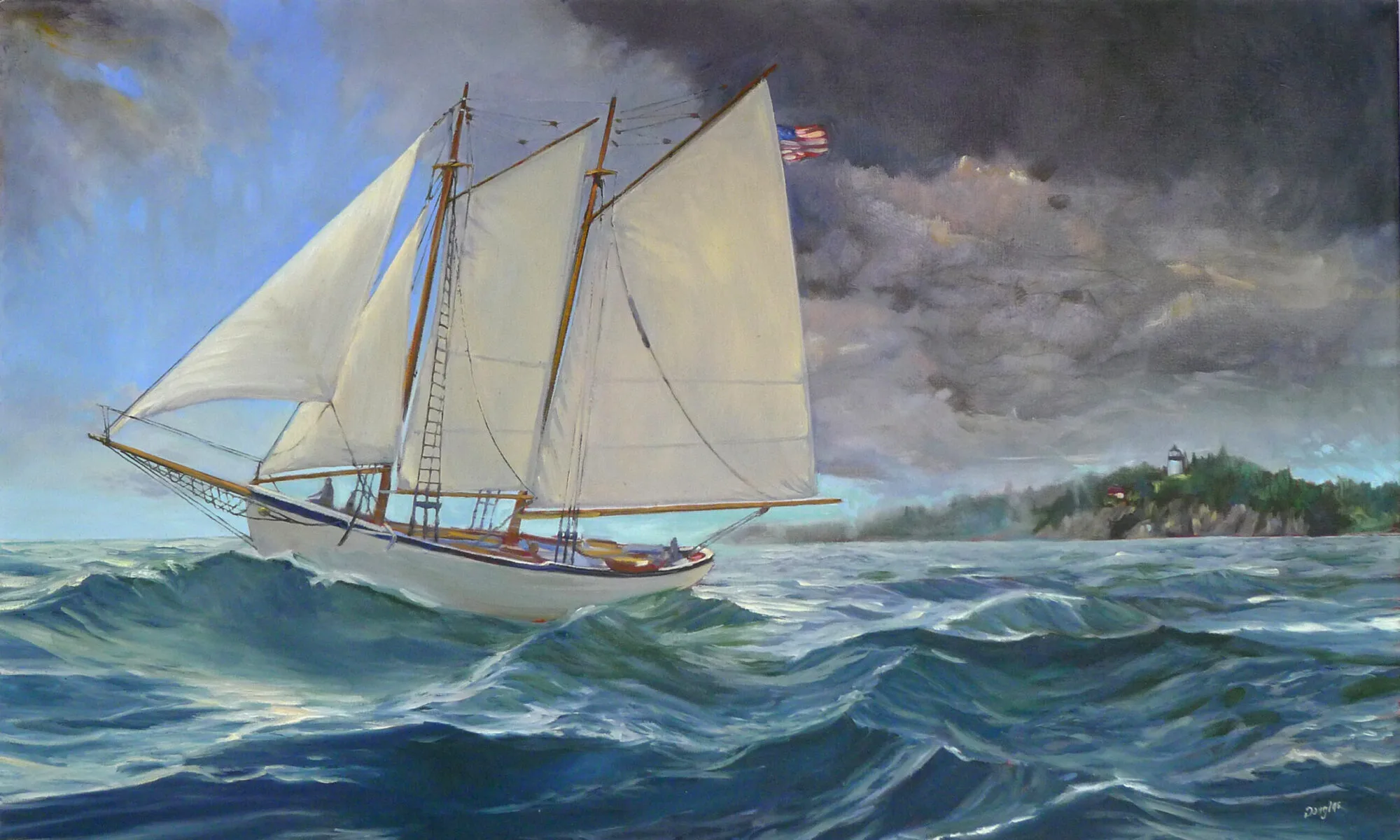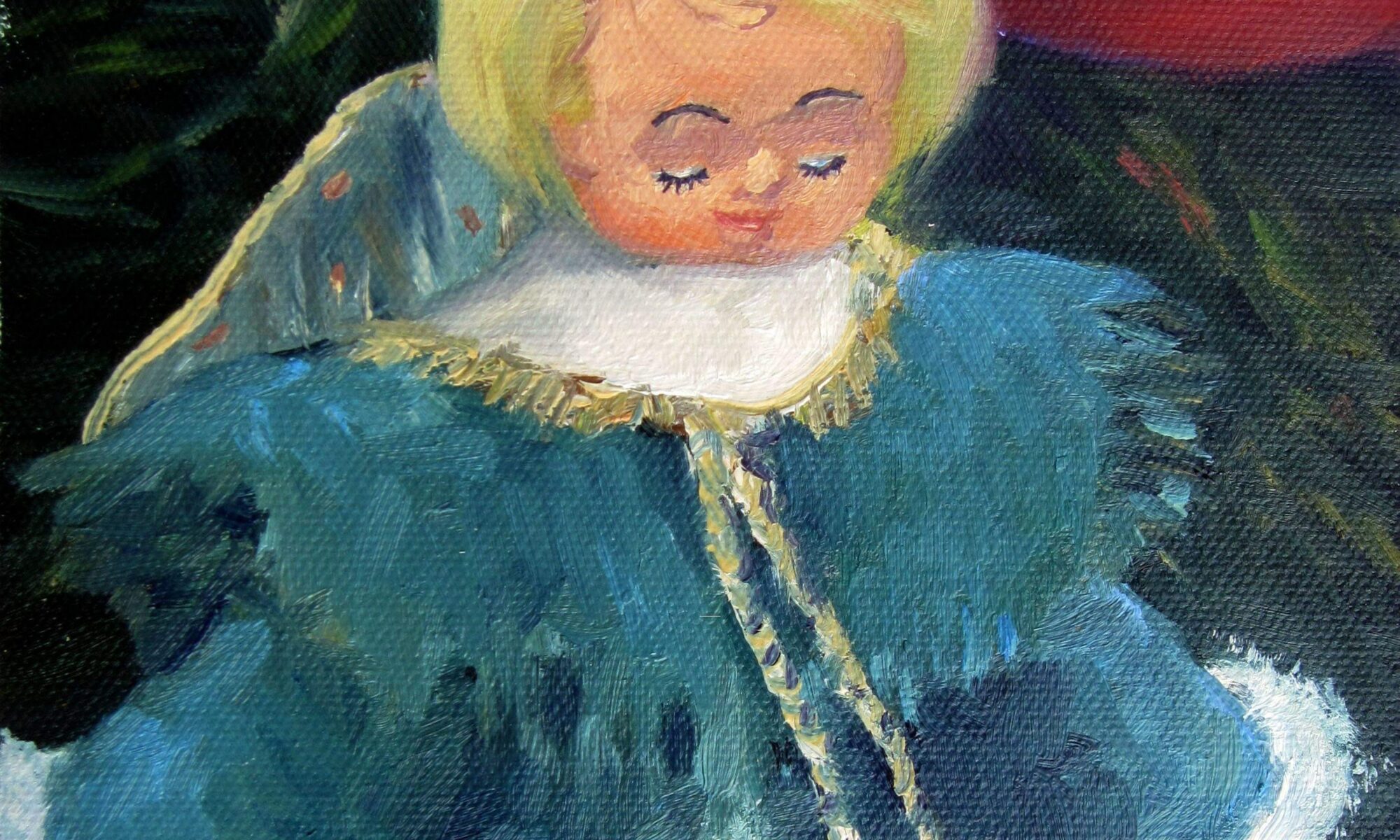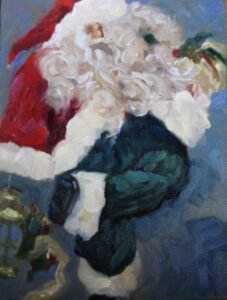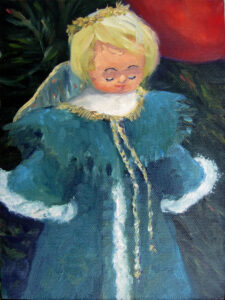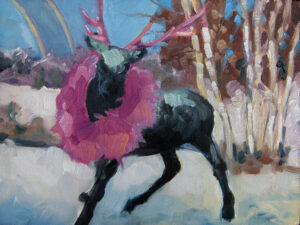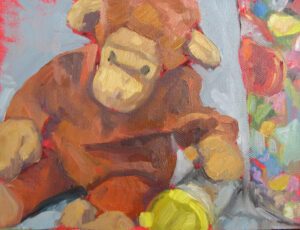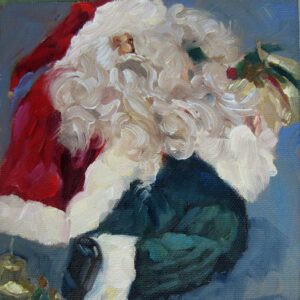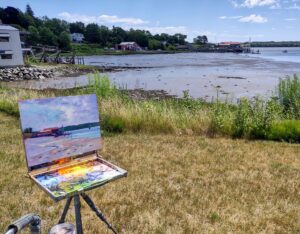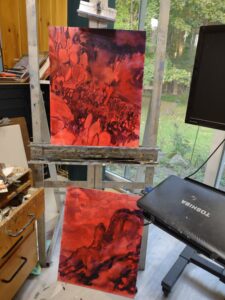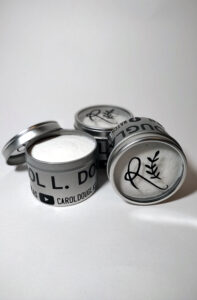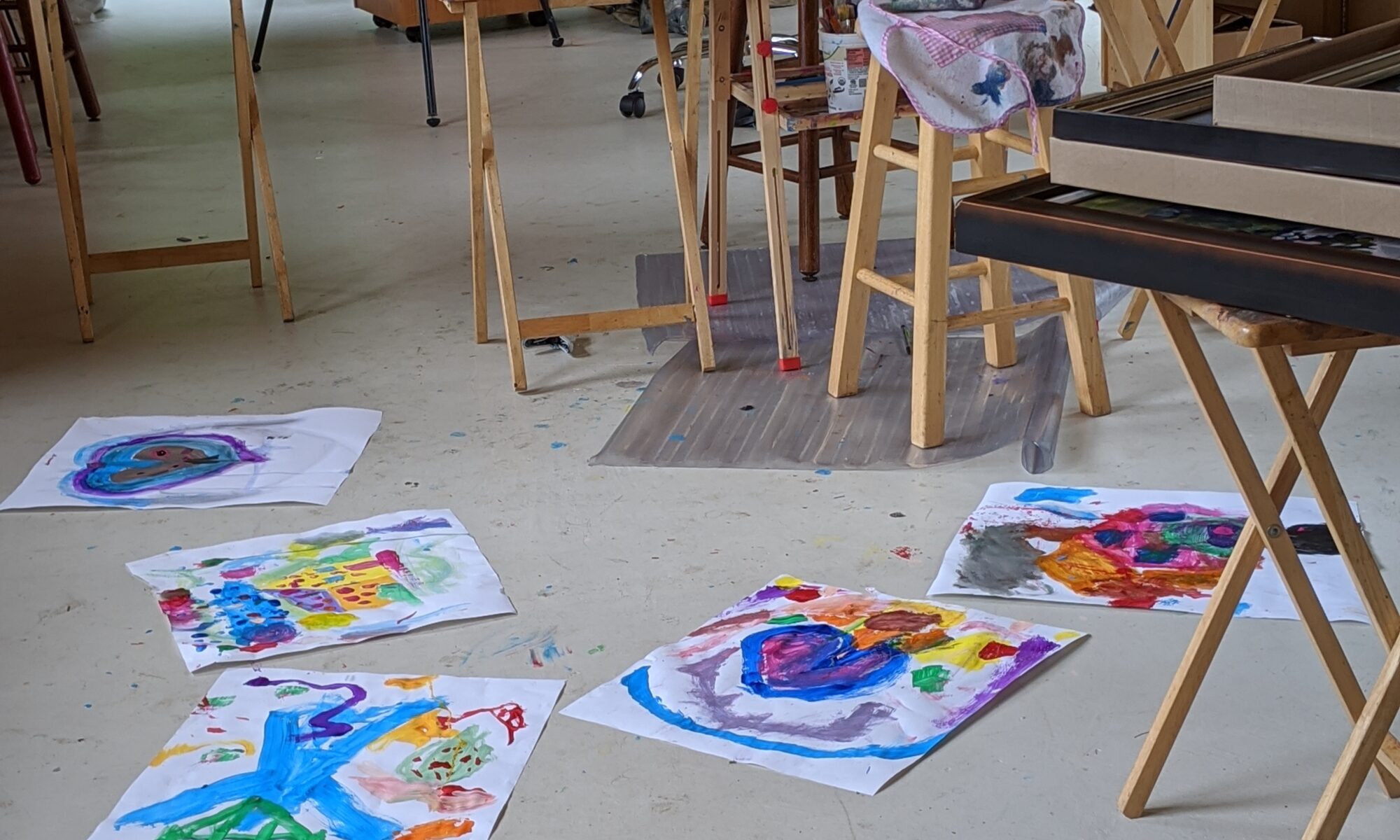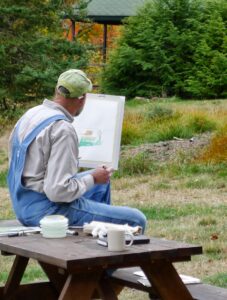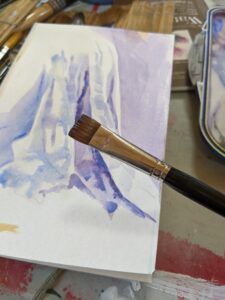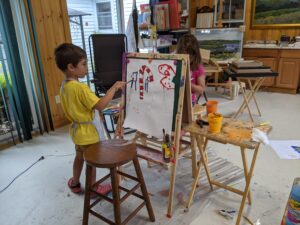I’m dividing this holiday gift guide for artists into multiple parts this year, so stay tuned over the next two weeks. I’ve given you both the Dick Blick and the Amazon price where available; while the per-item price is generally lower at Blick (where shipping is free over $59), there’s the advantage of Prime-Eligible if you only want one or two things. You know how to play this game.
This gift guide is for more serious artists who’ve already bought their way into a primary medium, but are still interested in experimenting. If you need to know more about oils, watercolors, acrylics or pastels, email me your questions.
Oils and acrylic brushes

Brushes are expensive, so many artists have inferior ones or too-small ones. In 2024 I surprised myself by coming back to a trusted old favorite: Isabey. They’re bristle brushes that carry a lot of paint and stand up to hard use.
These are the big boys that we artists never seem to buy for ourselves:
Isabey Chungking Interlocking Bristle Brush – Bright, Long Handle, Size 10 $23.94
Isabey Chungking Interlocking Bristle Brush – Filbert, Long Handle, Size 8 $16.57
Isabey Chungking Interlocking Bristle Brush – Flat, Long Handle, Size 10 $, 23.94
Isabey Chungking Interlocking Bristle Brush – Round, Long Handle, Size 8 $15.84

Princeton SNAP is another reliable product. I use them for smaller oil painting brushes, where paint load isn’t as critical, and any size in acrylics. Here is a great starter kit:
Princeton Snap! Natural Bristle Brush Set – Long Handle, Set of 3 $9.05
Watercolor brushes
Despite having many expensive watercolor brushes, I reach for Princeton Neptunes first. Again, the hole in most artists’ toolkit is in the bigger brushes, so try one of these kits:
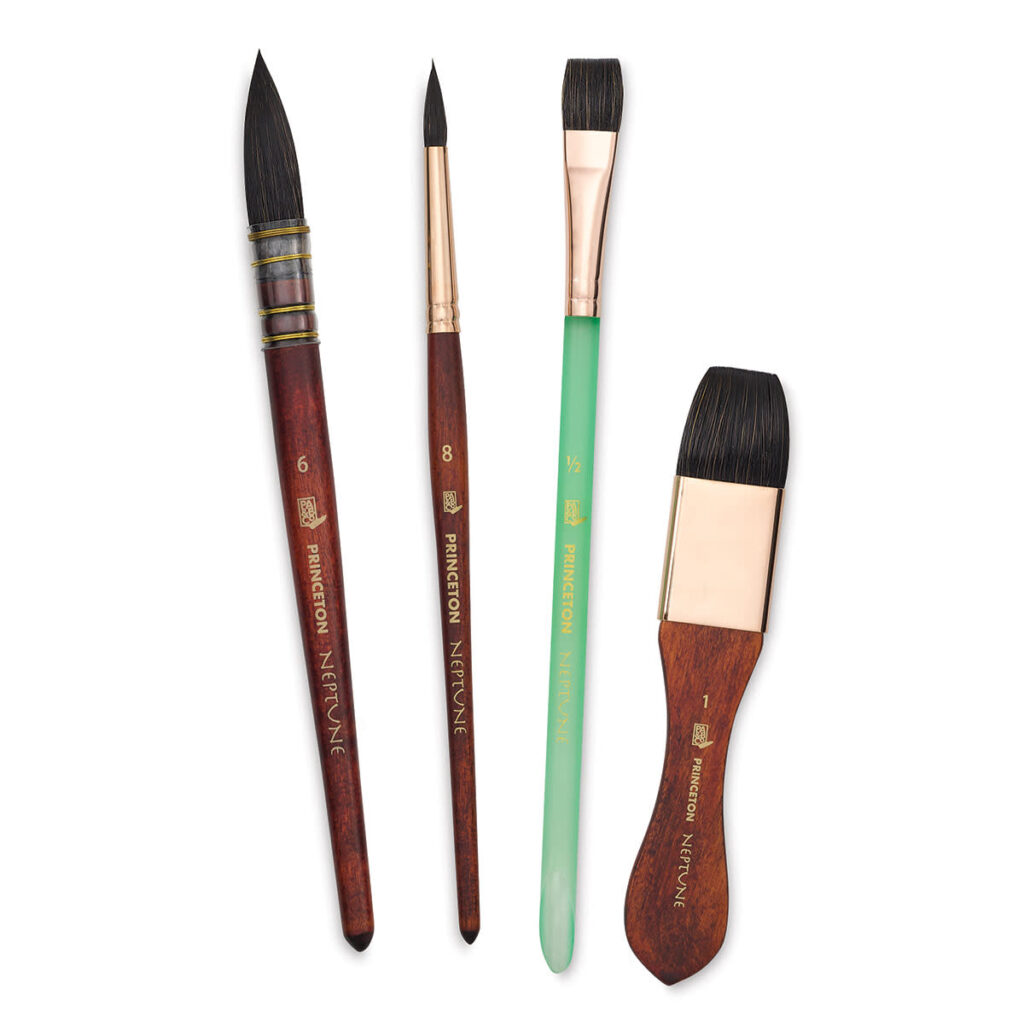
Big boys: Princeton Neptune Synthetic Squirrel Brushes – Box Set of 4. $47.85
Middlin’ boys: Princeton Neptune Synthetic Squirrel Brushes – Set of 4 $35.97

If money is no object, you can get your loved one an Escoda Reserva Kolinsky-Tajmyr Sable Brush – Charles Reid Signature Brush Set, Pocket Round, at $495.49 (although in that price range I think a workshop is a better value.)
Brush soap
My daughter makes Rowan Branch Brush Soap for me, and it’s the best brush soap I’ve ever used. Slip some in the stockings of your oil and acrylic painter friends.
Gouache
Gouache is used in art school, and for good reason. It has the immediacy of acrylics and the opacity of oils, but it cleans up with water. Artists in all media like playing with it, including me.

I like this M. Graham Artists’ Gouache Basic Set, Set of 5 colors, 15 ml tubes
Oil Pastels

Sennelier is the clear quality winner in oil pastels, which can be used on their own or with oil paint. This landscape starter kit will give you enough experience to know if you like them:
Hard Pastels
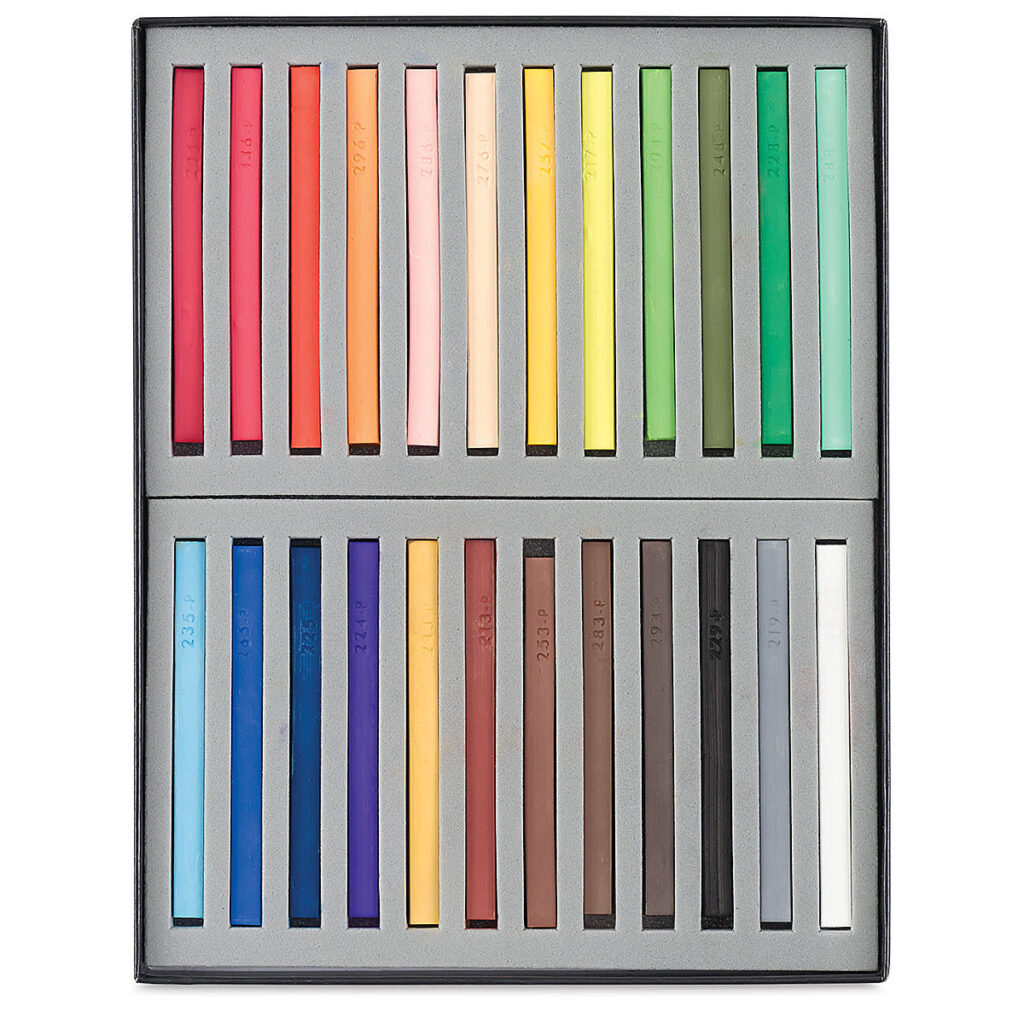
Hard pastels are fabulous, cost-effective drawing tools. This assorted set of 24 is professional grade at a very good price.
Dick Blick $25.74
I just want to try soft pastels without breaking the bank

Dick Blick offers this Unison Handmade Pastel set of 8 half sticks at an outstanding price, I assume on the theory that they’re addictive.
Pastel paper

This UArt tablet of ten sheets of sanded paper should last as long as the soft pastels, and by the time you’re done you’ll know if you’re hooked:
Storage for the studio
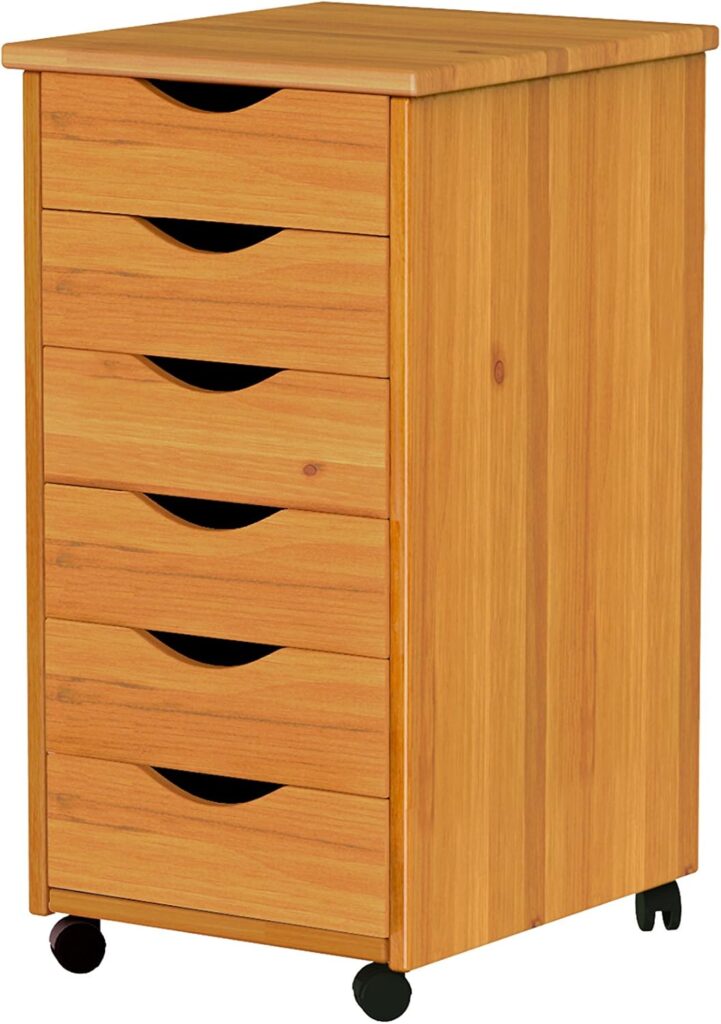
I have more than one taboret cabinet but this simple one sits under my desk and holds all the art supplies I might need while teaching.
For your plein air kit
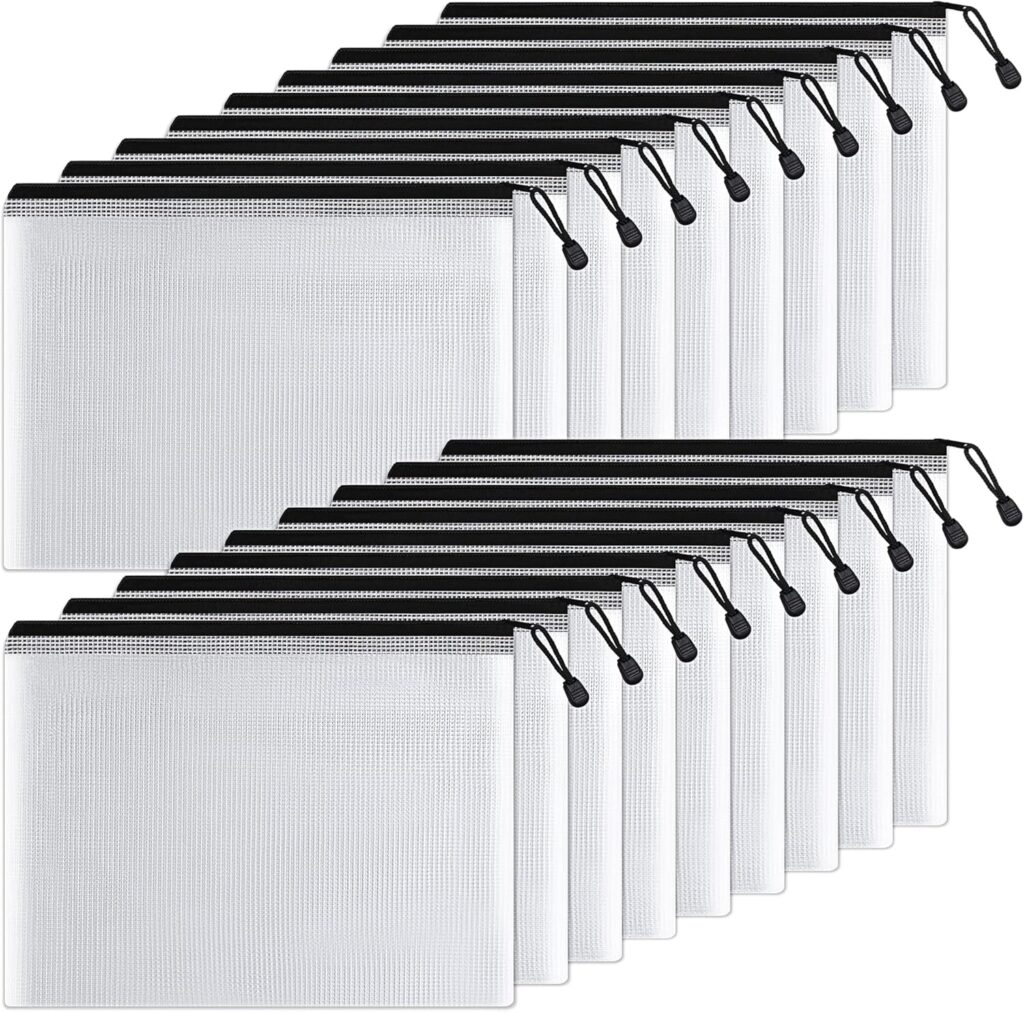
These mesh bags save my backpack from becoming a swamp of materials.
And, last but not least, safety

The danger of “park and paint” plein air is other bad drivers. One of the nicest gifts I ever received was a pair of safety cones. These collapsible ones are reflective, come with LED lights, and will fit easily in a car trunk. Every plein air painter should have them.
This is the second in a four-part holiday gift guide. Holiday Gifts for Budding Artists is here.
And, yes, I get affiliate benefits from this gift guide for artists if you buy through one of these links. It helps keep this blog on the internet, so I do appreciate it.
Reserve your spot now for a workshop in 2025:
- Advanced Plein Air Painting, Rockport, ME, July 7-11, 2025.
- Sea and Sky at Acadia National Park, August 3-8, 2025.
- Find Your Authentic Voice in Plein Air, Berkshires, MA, August 11-15, 2025.
- Immersive In-Person Fall Workshop, Rockport, ME, October 6-10, 2025.
